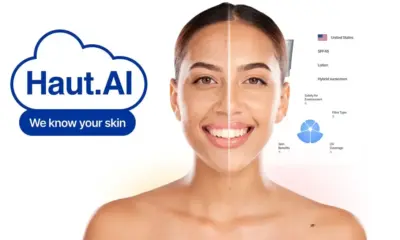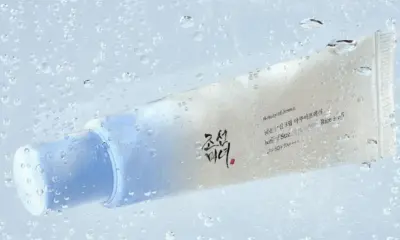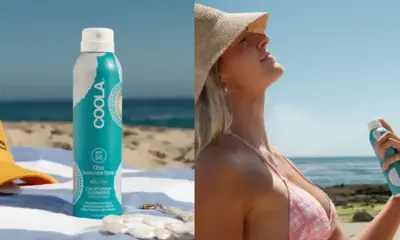Tech & Innovation
ISO Approves In Vitro Method for Faster, Ethical SPF Testing

The Future of Sunscreen Testing with In Vitro SPF Testing
In December 2024, the International Organization for Standardization (ISO) approved the ISO 23675 method for in vitro SPF testing. This new method offers a faster, cost-effective, and ethical alternative to traditional in vivo testing. It uses UVR transmittance spectroscopy to measure SPF values, ensuring reliable results without human testing.
Benefits of In Vitro SPF Testing
The ISO 23675 method improves sunscreen testing in several ways. It eliminates animal testing, reduces costs, and speeds up the process. Experts highlight its enhanced reproducibility, making it a preferred method for determining SPF values. Unlike traditional methods, in vitro testing avoids lengthy procedures and costly human trials.
Applicability and Limitations
The new method suits sunscreens in emulsion or alcoholic one-phase formulations. However, it does not apply to powder or stick products. Additionally, ISO 23675 assesses only static SPF and does not evaluate water resistance properties. Despite these limitations, the method offers a valuable improvement for testing efficiency.
Industry Adoption and Future Impact
The adoption of ISO 23675 is voluntary, yet experts predict rapid acceptance, especially in the European Union. Countries like the USA and Japan may take longer to implement it. Industry leaders, including Marc Pissavini from Coty, express optimism about its widespread use in 2025. With its improved accuracy and ethical benefits, in vitro SPF testing is expected to revolutionize photoprotection standards worldwide.
Conclusion
The approval of ISO 23675 marks a significant advancement in sunscreen testing. As the industry embraces this efficient and ethical method, consumers can expect improved product reliability. Explore more updates and industry news on this website.





















